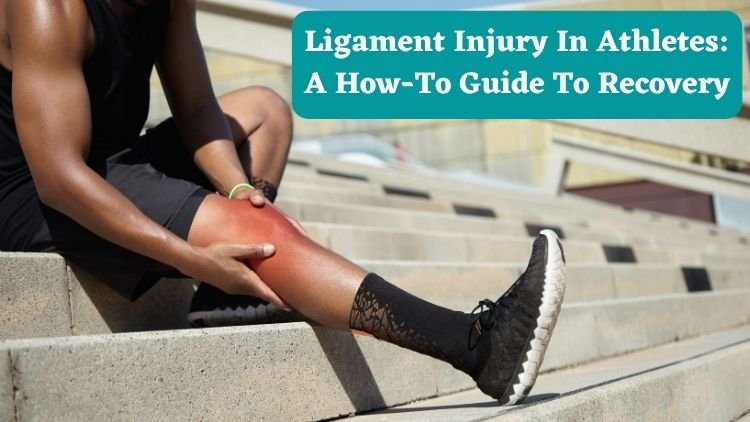Ligament injuries can be a frustrating setback for athletes. But proper treatment and recovery methods can make all the difference.
Ligament Injury Diagnosis
Ligament injuries are diagnosed through a combination of physical examination, medical history, and imaging tests such as X-rays, MRI, or CT scans. The doctor will examine the affected area, ask about symptoms and conduct some tests like a range of motion and stability test to confirm the diagnosis. A ligament injury diagnosis may be made based on the symptoms, physical examination, and imaging results.
Ligament Injury Treatment
Treatment for ligament injuries depends on the grade of the injury.
- Grade 1 injuries are treated with R.I.C.E (rest, ice, compression, and elevation) and physical therapy.
- Grade 2 injuries may require a brace or cast and physical therapy.
- Grade 3 injuries, which are complete tears, may require surgery and extensive physical therapy. In all cases, proper rest and rehabilitation are important for a successful recovery and to prevent future injuries.
Ligament Injury Recovery
A) Grade 1 Ligament Injury Recovery Tips:
-
- Rest and protect the injured area to prevent further damage.
- Apply ice to reduce pain and swelling.
- Compress the area with a bandage or brace to reduce swelling.
- Elevate the affected area to reduce swelling.
- Gradually return to normal activities as soon as possible.
B) Grade 2 Ligament Injury Recovery Tips:
-
- Rest and protect the injured area to prevent further damage.
- Apply ice to reduce pain and swelling.
- Use a brace or cast to immobilize the area and allow healing.
- Physical therapy to improve range of motion.
- Gradually return to normal activities as soon as possible, but avoid activities that cause pain.
C) Grade 3 Ligament Injury Recovery Tips:
-
- Surgery may be required to repair the ligament.
- Rest and protect the injured area to prevent further damage.
- Apply ice to reduce pain and swelling.
- Physical therapy to improve range of motion.
- Gradually return to normal activities as soon as possible, but avoid activities that cause pain.
- Rehabilitation may take several months.
It’s worth noting that the recovery time and the treatment plan may vary from person to person based on the individual’s health condition and the type and severity of the injury.
5 Mistakes to Avoid During the Recovery Period
- Lack of patience: Recovery from a ligament injury can take several weeks or months, it’s important to be patient and not rush the healing process.
- Ignoring pain: Pain is the body’s warning sign and should not be ignored, pushing through pain can lead to further injury and a longer recovery time.
- Rushing back to sports or activities before the injury is fully healed: Returning to activity too soon can slow down the healing process and lead to further injury.
- Skipping physical therapy: Physical therapy is an essential part of the recovery process for ligament injuries, not attending therapy sessions can lead to a longer recovery time.
- Not following a personalized rehabilitation program: Each person’s injury and recovery is unique, so it’s important to follow a rehabilitation program that is tailored to your specific injury and needs.
Final words
Proper treatment and recovery methods can make all the difference in ligament injury recovery. It’s important to follow a personalized rehabilitation program, rest, and protect the injured area. Specialist doctors for ligament injury treatment in Kolkata and arthroscopy treatment in Kolkata can offer the latest techniques and equipment to aid in recovery. Remember, recovery takes time and patience.

